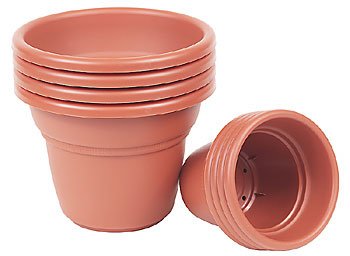I am a kindergarten teacher in Morgan Hill and want my students
to plant some vegetables. I will be teaching them about plants for
about three weeks. I’m wondering what vegetables would grow within
that time frame.
Q. I am a kindergarten teacher in Morgan Hill and want my students to plant some vegetables. I will be teaching them about plants for about three weeks. I’m wondering what vegetables would grow within that time frame.
– M.N., Morgan Hill via e-mail.
A. Radishes are the fastest-growing vegetables. They’ll sprout in just a few days and reach maturity within about 25 days. A variety called “Easter Egg” has oval radishes in shades of purple, pink, rose which the kids will enjoy. If you can’t find it locally, you can order seed by mail-order from companies like Burpee Seeds. Leaf lettuces are another quick growing veggie. So-called baby lettuce would be fun to grow, although they take around 45 or 50 days to mature.
Q. I just planted several large containers where I’m growing vegetables. My cats love the soft new soil, and are insisting on using the containers as litter boxes. Is there any health hazard if we eat the future vegetables from these plants?
– O.V., Hollister, via e-mail.
A. All mammal species contain E. coli, which certainly has been in the news lately with commercial spinach. Cats also carry an organism that causes toxoplasmosis. This microorganism (Toxoplasma gondii) is spread through the soil through their feces and is transferable to humans. You can have your cats checked for toxoplasmosis, but even if your cats are free from it, it doesn’t mean other cats in the neighborhood are. In other words, you need to discourage cats from coming around these container-grown vegetables. You can place chicken wire around the entire container, or some other type of wire cage. There are also commercial repellents that may work. These repellents will lose effectiveness when wet from too much watering or rain. Sometimes cats will also be discouraged if you place sharp rocks on the soil surface, or mulch heavily.
Q. I have a large garden (25-by-12 feet). That is usually used for vegetables. This year I would like to cut back on the amount of vegetables being planted, and add some color from flowers. Any suggestions on what I can mix successfully with tomatoes, squash and cucumbers?
– B.B., Morgan Hill, via e-mail.
A. The secret to companion planting is to choose annuals and perennials with the same cultural requirements as your veggies. Since you’re growing heat and sun-loving vegetables, choose bedding plants with similar needs. This translates to petunias, marigolds, geraniums, salvia, sage, lavender and dahlias, to name some. Try them all and see which ones you like best.
Keith Muraoka has gardened in Gilroy for more than three decades. He has written his award-winning column since 1984. E-mail questions or comments to ga*******@*ps.net, or write him at P.O. Box 22365, Gilroy, Calif. 95021.












